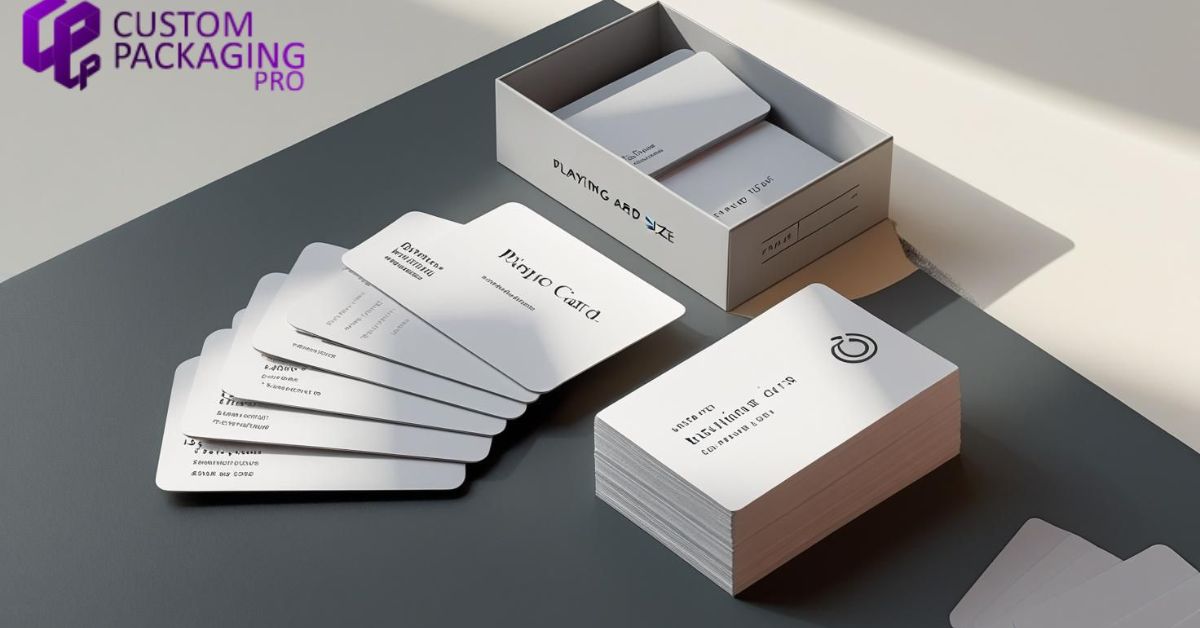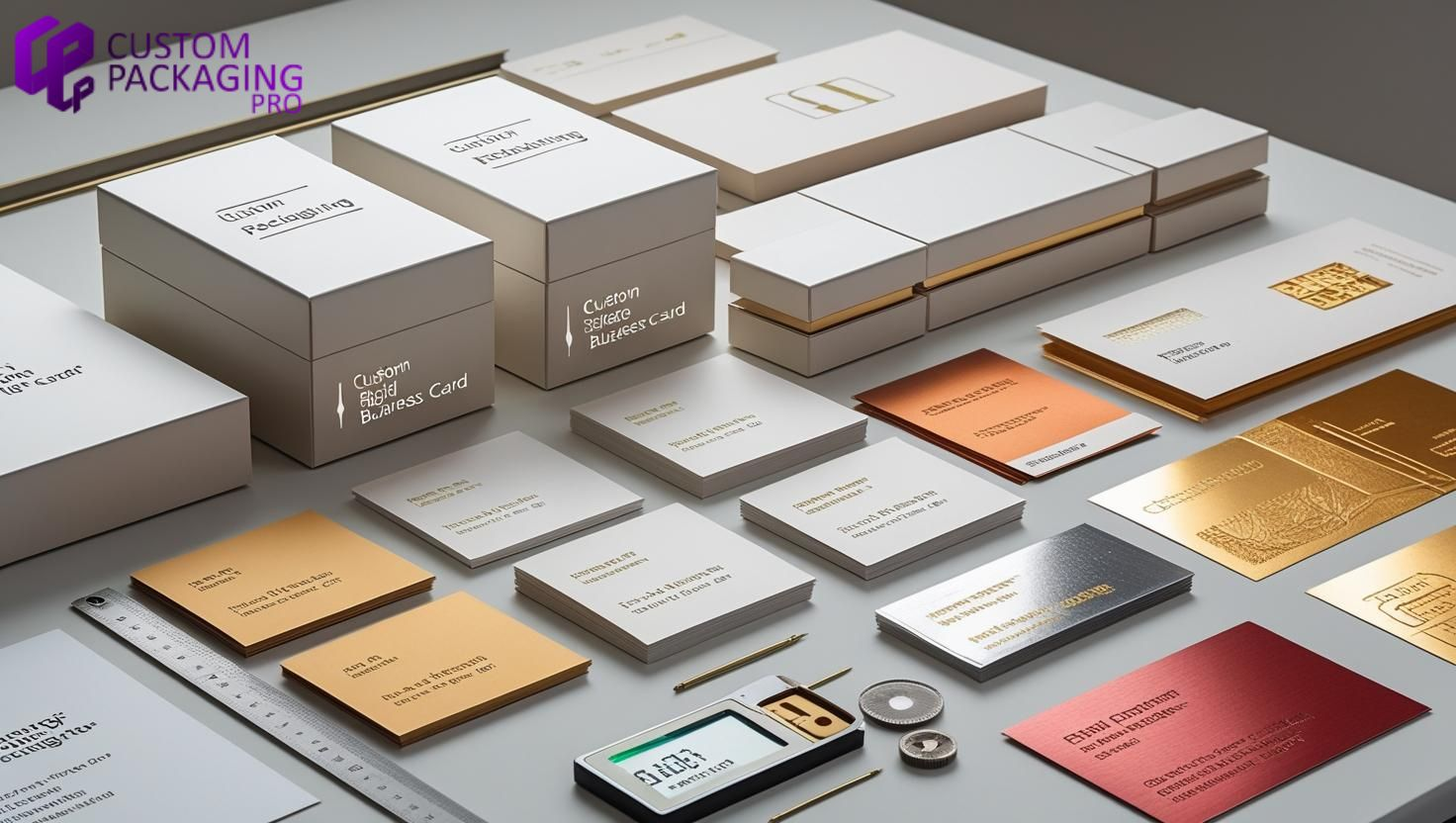BUSINESS
How to Make Viral Clips Fast with an AI Short Video Generator

Creating viral content isn’t just about luck anymore. In today’s fast-paced digital world, the ability to produce compelling, shareable videos quickly is a superpower — especially for creators, marketers, and businesses looking to grow online. But with the sheer volume of content flooding platforms like TikTok, Instagram Reels, and YouTube Shorts, standing out means more than just having a good idea. You need speed, quality, and creativity all working together.
Enter AI-driven content creation. Thanks to modern advancements in artificial intelligence, you can now make viral-ready short clips in a fraction of the time it once took. Whether you’re a solo creator or part of a marketing team, an AI short video generator can give you the edge needed to produce attention-grabbing content — fast.
Why Short Videos Go Viral
Short videos are inherently addictive. Platforms have optimized their algorithms to favor content that keeps users scrolling. These clips are easy to consume, highly engaging, and perfect for mobile viewing. As a result, creators are shifting toward punchy, snackable videos that deliver impact in under a minute.
Unlike traditional long-form content, short videos thrive on trends, quick humor, powerful visuals, and emotional hooks. The challenge is turning an idea into a captivating clip before the trend passes — and that’s where AI tools make all the difference.
The Role of an AI Short Video Generator
Using an AI short video generator allows creators to automate the most time-consuming parts of video production. These tools can analyze scripts, generate visuals, synchronize audio, and even suggest improvements to enhance engagement — all within minutes.
This isn’t just about saving time. It’s about unlocking the ability to test more ideas, iterate faster, and capitalize on viral moments before they cool off. Whether you’re remixing old content or crafting a new story, AI helps you scale your video output without compromising on creativity or quality.
What AI Brings to the Table
AI isn’t just a fancy add-on; it fundamentally changes how videos are made. Here are some of the top ways AI contributes to fast viral video production:
- Script to Video:AI can take written content (like blog posts, tweets, or captions) and turn it into engaging video scripts and scenes.
- Auto-Cuts & Transitions:It can detect the best parts of a longer video and automatically create clips that are more likely to perform well on social platforms.
- Voiceovers & Captions:With natural-sounding voiceovers and accurate subtitles, your clips become more accessible and engaging.
- Trend Optimization:Some AI tools can identify trending topics or formats and help you match your video style to what’s working now.
Planning Your Viral Clip: The Foundation Matters
Before jumping into production, every viral clip starts with a simple but powerful concept. What emotion are you targeting — laughter, surprise, inspiration? What story are you telling? What’s the hook that will keep someone watching past the first three seconds?
Understand Your Audience
Viral content is about resonance. The more closely your video aligns with what your audience cares about, the better your chances of getting shared. Use insights from your comments, DMs, and analytics to figure out what kind of content gets traction.
Choose a Format That Works
Certain video formats naturally perform better on specific platforms. For example:
- TikTokthrives on trends, duets, and punchy skits.
- Instagram Reelsfavors aesthetic visuals, tutorials, and motivational snippets.
- YouTube Shortsworks well for story-driven content or comedy.
With your audience and format in mind, you’re ready to begin producing at scale using AI.
Producing Your Clip with AI
Here’s a step-by-step breakdown of how to produce a viral-ready short clip using AI-powered video tools.
Step 1: Prepare Your Core Idea
Start with a tight concept. You don’t need a script as much as you need a hook — a strong opening that grabs attention. Think shocking fact, unexpected twist, bold statement, or relatable moment. Write it down in one sentence.
Step 2: Convert to Visuals and Audio
Using a video creator app with AI features, input your hook and supporting points. The tool can help you choose the right footage, animations, or imagery that visually supports your message. Many platforms allow for automatic voiceovers, text overlays, and smart scene selection to keep things dynamic.
Step 3: Customize and Polish
While AI does the heavy lifting, it’s your creative touch that adds personality. Customize fonts, choose music, fine-tune the pacing, and make sure the transitions match the energy of your idea. Focus on these details:
- Open strong:Your first 1-2 seconds should immediately spark curiosity.
- Keep it tight:Trim any unnecessary content. Every second should add value.
- End with impact:A memorable ending or call-to-action makes your video stick.
Step 4: Optimize for Platforms
AI tools can also help you resize and format your clip for different platforms. For example, square for Instagram, vertical for TikTok, or horizontal for YouTube. Don’t just cross-post — tailor each version slightly for the platform’s audience and vibe.
Tips for Going Viral with AI-Generated Clips
While AI can accelerate your content pipeline, you still need a strategy to maximize your chances of going viral.
1. Post Consistently
The more content you put out, the higher the odds of something catching fire. Use AI to produce batches of videos in one go so you can post regularly without burning out.
2. Follow (and Ride) Trends
Watch for emerging trends and react quickly. AI can help you repackage existing content in trendy formats or remix viral sound bites with your own twist.
3. Track Performance and Iterate
Use analytics to monitor how your AI-generated clips perform. Pay attention to:
- Watch time
- Click-through rate
- Shares and comments
Use this data to refine your next batch of videos. AI helps you make more content — but your insight helps you make better content.
4. Hook, Story, Payoff
Every viral video has three parts:
- Hook:Grabs attention instantly
- Story:Keeps the viewer engaged
- Payoff:Delivers a twist, lesson, or laugh that makes it worth watching (and sharing)
AI tools can help structure your clip with this flow in mind.
Repurposing Long-Form Content with AI
Have a podcast, interview, or long video that performed well? AI can help you extract viral clips from existing content. It analyzes what parts of a video are most engaging and suggests highlight segments that can be re-edited into shorts.
This is especially powerful for creators and brands with a backlog of content — turning one piece of media into dozens of short clips that can feed your content calendar for weeks.
Speed and Agility Are Everything
In a viral landscape, being fast often matters more than being perfect. AI tools give you the agility to test, learn, and iterate — all at the speed of the internet. That’s how you increase your chances of catching the algorithm’s eye and riding the wave of shareability.
The Future of Short Video Creation
As AI continues to evolve, we can expect even more intelligent features: tone-aware editing, real-time trend suggestions, and automatic A/B testing of video variants. This doesn’t mean creators will be replaced — it means they’ll be empowered to do more with less.
Short video content will only keep growing, and those who learn to harness AI early will be the ones leading the trends, not chasing them.
Conclusion
Viral videos don’t happen by accident anymore — they happen by design. With the help of an AI short video generator, you can transform your ideas into compelling clips at lightning speed. It’s not about removing the human touch — it’s about amplifying it with smart technology.
So whether you’re an influencer trying to grow your following, a brand looking to break through the noise, or a content creator building a loyal audience, AI is the secret weapon to make short, viral-ready clips — fast.
BUSINESS
How Often Should You Visit the Dentist? Insurance-Friendly Tips

General Recommendations for Dental Visits
How often you need to visit the dentist isn’t always clear-cut. The long-standing rule was to see your dentist two times a year for checkups and professional cleanings. This twice-yearly schedule promotes early detection of dental concerns, such as tooth decay, gum disease, and oral cancer, making treatment easier and less invasive. By catching problems before they can worsen, you can often avoid more complex and expensive procedures.
For those with chronic conditions, such as diabetes, or a past incidence of cavities and gum disease, dental professionals often suggest more frequent check-ins, sometimes every three to six months. This shorter interval allows your dentist to closely monitor healing, disease progression, and the effectiveness of your home care routine. Many dental insurance policies, especially comprehensive options like Delta Dental PPO insurance in Florida, are designed to support regular preventive care, making it easier to stick to the right schedule without unexpected costs. If you’re unsure how often you should go, talk with your dentist about individual risk factors and how other health issues, such as pregnancy or medication use, may influence your needs.
Factors Influencing Visit Frequency
Your unique health profile determines how often dental appointments should be booked. Consider these influencing elements:
- Oral Health Status: Past or current dental problems, such as recurring tooth decay, enamel erosion, or gum disease, require closer monitoring. Some patients are more prone to cavities or periodontal disease due to genetic factors, medications, or underlying medical conditions.
- Overall Health: Illnesses like heart disease and autoimmune conditions may necessitate more frequent dental oversight. Evidence shows a strong connection between oral and systemic health; conditions like diabetes can influence gum health, so regular dental evaluations are essential.
- Lifestyle Choices: Smoking, high sugar intake, and poor oral hygiene increase the risk of issues and warrant more regular exams. If you suffer from dry mouth due to medications or treatment (like radiation therapy), you may also be at higher risk for oral health problems.
For those at low risk, which means you practice good oral hygiene, have no history of dental disease, and maintain a balanced diet, annual or twice-yearly visits may suffice. Always consult your dentist to determine an individualized care plan based on these factors, and don’t hesitate to ask about what schedule best fits your life and health status.
Maximizing Dental Insurance Benefits
Dentists urge patients to make the most of their dental insurance coverage, which can significantly impact treatment decisions and costs. Many often leave benefits unused, potentially missing out on essential preventive care that their plan covers. Here are effective ways to maximize your benefits:
- Stay In-Network: Choose a provider within your insurance’s network for lower co-pays, as insurers have pre-negotiated rates with participating dentists. Out-of-network care often means higher out-of-pocket costs, so consult your insurance portal to find a suitable dentist.
- Strategic Treatment Planning: If you need extensive dental work, consider spreading treatments over the end and beginning of two calendar years to take advantage of annual benefit resets. By doing this, you may be able to use two years’ worth of benefits to cover procedures, reducing your expenses.
- Utilize Tax-Advantaged Accounts: Flexible Spending Accounts (FSAs) and Health Savings Accounts (HSAs) can be used to pay for eligible dental expenses with pre-tax dollars; track deadlines to avoid losing unused funds. These accounts are especially valuable if your plan limits covered treatments or you need elective procedures.
Review your insurance benefits annually and discuss with your dentist to optimize preventive and necessary care. Many dentists will even help you navigate paperwork to ensure your treatment is as affordable as possible, so don’t hesitate to ask their office staff for guidance.
Preventive Care: A Cost-Effective Approach
Preventive dentistry is your best defense against high dental costs and health problems. Regular dental cleanings and examinations can help catch cavities, gum problems, and oral cancers before they progress. Early detection leads to simpler, less invasive, and less expensive treatments. Most dental plans cover these visits at 100%, making them the most cost-effective way to maintain oral health. Even if you’re paying out of pocket, prevention is much lower than the cost of treating problems left to worsen over time.
Preventive Services Often Covered
- Professional cleanings to remove hardened plaque and tartar that brushing alone can’t reach
- Examinations and X-rays to reveal hidden cavities or bone loss that may be missed during a visual inspection
- Sealants and fluoride treatments for children, and sometimes for adults at greater risk for cavities, to strengthen tooth enamel and prevent decay
Routine dental care can prevent costly interventions and more serious health issues later. Untreated gum disease, for instance, has been linked to heart disease, stroke, and complications during pregnancy, making prevention invaluable to your overall well-being.
Addressing Dental Anxiety
Anxiety about dental visits is common, but avoiding the dentist only increases the risk of serious issues. Millions of Americans delay or skip dental care due to fear, but modern dental practices offer solutions to make visits more comfortable and stress-free. By addressing dental anxiety head-on, you protect yourself from escalating problems and ensure that minor concerns stay manageable.
- Open Communication: Share your concerns with your dentist so your care team can accommodate your needs. Many offices are experienced in working with anxious patients and will explain procedures in detail and work at your pace.
- Relaxation Techniques: Deep breathing, visualization, or calming music can greatly reduce stress. Many providers now offer amenities like headphones or blankets to help you relax during treatment.
- Sedation Dentistry: For patients with severe anxiety, sedation options can ensure a more positive experience. Whether it’s minimal sedation with “laughing gas” or deeper sedation for lengthy procedures, your dentist can discuss options to help you feel comfortable and safe.
Prioritizing your mental comfort empowers you to keep up with essential dental visits. Remember, every positive experience at the dentist makes the next one easier, and your dental team supports you every step of the way.
Alternative Options for the Uninsured
If you’re uninsured, affordable dental care is still within reach. Many resources are available to provide essential care and support good oral health, even when traditional dental insurance isn’t an option. Proactive oral care and regular checkups can save you money in the long run by preventing emergencies and avoiding complicated treatments.
- Dental Schools: Clinics at Dental schools offer treatments supervised by faculty at much lower costs. Students perform procedures as part of their education, all under the close watch of experienced instructors. While appointments may take longer, the savings can be substantial, and you’ll still receive high-quality care.
- Community Clinics: Nonprofit and government-funded clinics provide sliding fee scales based on your income. These clinics exist in many communities and cover a range of services, from cleanings and fillings to emergency tooth extractions.
- Discount Plans: Dental discount membership plans grant access to reduced rates for an annual fee.
With a little research and planning, you can find practical options to sustain your oral health even without insurance. Don’t let a lack of coverage keep you from seeking dental care; oral health is essential to overall wellness and can be managed with creativity and resourcefulness.
Conclusion
Individual needs—not just tradition—determine the best dental visit schedule. Regular, preventive appointments are invaluable to lifelong oral health, early problem detection, and cost savings. Whether you have traditional insurance, a dental PPO plan, or no coverage, prioritize your dental health and use available benefits or alternatives wisely. Consult with your dentist to customize your oral care routine and keep your smile healthy for years to come. Committing to proactive and preventive care pays dividends throughout your life and helps you avoid unnecessary pain or expense down the line.
BUSINESS
Exploring the Secrets Behind XRP Prices in the UK

In the wave of digital currencies, xrp price uk, as a highly anticipated cryptocurrency, has always attracted the attention of many investors due to its price trend in the UK market. Below, we will delve into the trend of XRP prices in the UK market.
Introduction to XRP
XRP is the fundamental currency of the Ripple network, which can circulate throughout the entire Ripple network with a total quantity of 100 billion and gradually decreases with increasing transactions. Ripple is an open payment network designed to address the slow and costly cross-border payments in traditional financial systems. XRP has a certain user base worldwide due to its efficient transaction speed and low transaction fees. In the UK, with the continuous development of the digital currency market, XRP has gradually entered the view of investors.
Historical trend of XRP prices in the UK market
Looking back at the past few years, the XRP prices in the UK market have experienced significant fluctuations. In the early stages, due to the overall development of the digital currency market, XRP prices were relatively low and had small fluctuations. With the increasing market awareness of digital currencies and Ripple’s continuous expansion in the payment field, XRP prices are gradually rising. During the digital currency bull market from late 2017 to early 2018, XRP prices reached historical highs. However, the market subsequently entered a bear market, and XRP prices also dropped significantly. In recent years, its price has fluctuated within a certain range, influenced by various factors such as market supply and demand, macroeconomic environment, and regulatory policies.
Factors affecting the price trend of XRP in the UK market
From the perspective of market supply and demand, if the demand for XRP in the UK market increases while the supply remains relatively stable, prices tend to rise; Otherwise, it will decline. The macroeconomic environment also plays an important role. When the economic situation is unstable, investors may shift their funds to safe haven assets such as digital currencies, thereby driving up XRP prices. In terms of regulatory policies, the UK’s regulatory attitude and policy changes towards digital currencies will directly affect market confidence. If regulatory policies tighten, it may lead to investors selling XRP and causing prices to fall; Loose policies are conducive to price increases. In addition, Ripple’s business development, technological innovation, and cooperation with financial institutions will also have an impact on XRP prices.
Future trend outlook
Looking ahead, the XRP price trend in the UK market is full of uncertainty. On the one hand, if Ripple can make more breakthroughs in the payment field, cooperate with more financial institutions, and maintain relatively loose digital currency regulatory policies in the UK, then XRP prices are expected to rise. On the other hand, the competition in the digital currency market is fierce, and new competitors are constantly emerging, which may have an impact on XRP’s market share. Meanwhile, changes in the global economic situation and adjustments in regulatory policies may also lead to price fluctuations. Investors need to consider various factors comprehensively and make cautious investment decisions when paying attention to the trend of XRP prices.
BUSINESS
From Handshake to Handoff: Why Business Cards and Their Boxes Still Matter in Modern Branding

In an era where most interactions happen online, physical tools like business cards and business card boxes might seem outdated. But for businesses serious about branding, the handshake isn’t complete until a card is exchanged—and properly stored. Despite rapid digitalization, these tangible elements still pack a punch in first impressions, organization, and brand continuity.
Let’s break down why business cards and their custom packaging matter more than ever.
The Enduring Power of a Physical Card
The act of handing over a business card creates a tactile and memorable moment. It’s more than contact information—it’s a reflection of your brand.
- Credibility: A high-quality business card suggests trust and seriousness.
- Brand Recognition: Color, typography, and layout all reinforce visual identity.
- Networking Efficiency: In fast-paced conferences or meetings, it’s faster and more professional to hand a card than to fumble with phones.
Even with NFC tech and QR codes rising, physical business cards remain irreplaceable for many professionals. And when they’re accompanied by well-designed business card boxes, they elevate the entire experience.
What Makes a Business Card Box Essential?
Business card boxes are often overlooked, but they serve both practical and branding purposes.
| Feature | Benefit |
| Protection | Prevents bends, smudges, and wear |
| Organization | Keeps multiple styles or contacts separated |
| Presentation | Gives a professional touch during handover |
| Branding Surface | Offers logo space for subtle marketing |
| Bulk Utility | Useful for tradeshows, sales teams, and events |
For B2B industries—where first impressions matter most—custom business card boxes can serve as silent brand ambassadors.
Designing for Impact: Tips for Modern Business Cards
To make a card that lands well, keep these tips in mind (especially if you’re opting for a standard playing card size, which is popular for creative business card designs):
- Use durable materials like 16pt or 18pt stock with matte or glossy finishes.
- Consider embossing, foil stamping, or spot UV for texture.
- Keep designs minimal but branded—colors, icons, and fonts matter.
- Add QR codes that link to portfolio, website, or LinkedIn.
Cards may be small, but their influence is large when the design aligns with the brand’s values. Combined with well-matched business card boxes, you ensure brand consistency from creation to presentation.

Who Needs Custom Business Card Boxes?
Custom boxes aren’t just for storage—they’re an extension of your professional story. Here’s where they shine:
| Industry | Use Case |
| Real Estate | Client meetings, open house handouts |
| Consulting Firms | Brand authority in corporate networking |
| Design Agencies | Creative presentation of contact info |
| Event Planners | Quick access to cards for vendor communication |
| Tech Startups | Pitch sessions and launch event handouts |
Having a box that holds your cards cleanly and stylishly reflects foresight and attention to detail—values every client respects.
Common User Questions Answered Naturally
- “Why do people still use business cards?”
- “How to store business cards professionally?”
- “Are business card boxes useful for networking?”
- “Best packaging for business cards”
All terms are answered conversationally to meet Google’s EEAT and voice search intent.
Why Custom Packaging Pro is the Smart Choice
If you’re looking for a partner to help you make lasting impressions, Custom Packaging Pro delivers:
- Custom-sized business card boxes with premium finishes
- Durable materials for both card protection and presentation
- In-house designers to help match your box with your branding
- Bulk discounts and reliable delivery for B2B teams
Whether you’re rebranding, launching, or attending an expo, CPP helps your brand show up sharp—card and box in hand.
FAQs
Q: Are business cards still relevant in 2025?
A: Yes! Physical business cards are still widely used in professional networking and leave a lasting impression.
Q: What are business card boxes used for?
A: They protect, organize, and elevate the presentation of your business cards.
Q: Can I get custom printed business card boxes?
A: Absolutely—companies like Custom Packaging Pro offer full customization options.
Q: What should I look for in a professional business card?
A: Durable material, clean design, brand consistency, and maybe a QR code for digital linking.

Conclusion
Even in the digital age, business cards—and the boxes that store them—deliver unmatched value in networking, branding, and presentation. For B2B professionals and growing brands, they’re a small but mighty investment. Partner with Custom Packaging ProF to create business card packaging that speaks before you say a word.
-

 TECHNOLOGY2 years ago
TECHNOLOGY2 years agoElevating Game Day Eats: A Guide to Crafting Crowd-Pleasing Sliders
-

 ENTERTAINMENT2 years ago
ENTERTAINMENT2 years agowave_of_happy_: Your Ultimate Guide
-

 FASHION2 years ago
FASHION2 years agoGPMsign Fashion: Redefining Style with Purpose
-

 TECHNOLOGY1 year ago
TECHNOLOGY1 year agoTrader Joe’s Dayforce: Revolutionizing Workforce Management
-

 FOOD2 years ago
FOOD2 years agoAltador Cup Food Court Background: A Culinary Extravaganza Unveiled
-

 SPORTS2 years ago
SPORTS2 years agoScore Chaser Sporting Clays: A Thrilling Pursuit of Precision
-

 HOME IMPROVEMENT1 year ago
HOME IMPROVEMENT1 year agoWhat Kitchen Renovation Companies Offer Beyond Basic Remodeling
-

 NEWS2 years ago
NEWS2 years agoNyl2 Kemono: Unveiling the World
